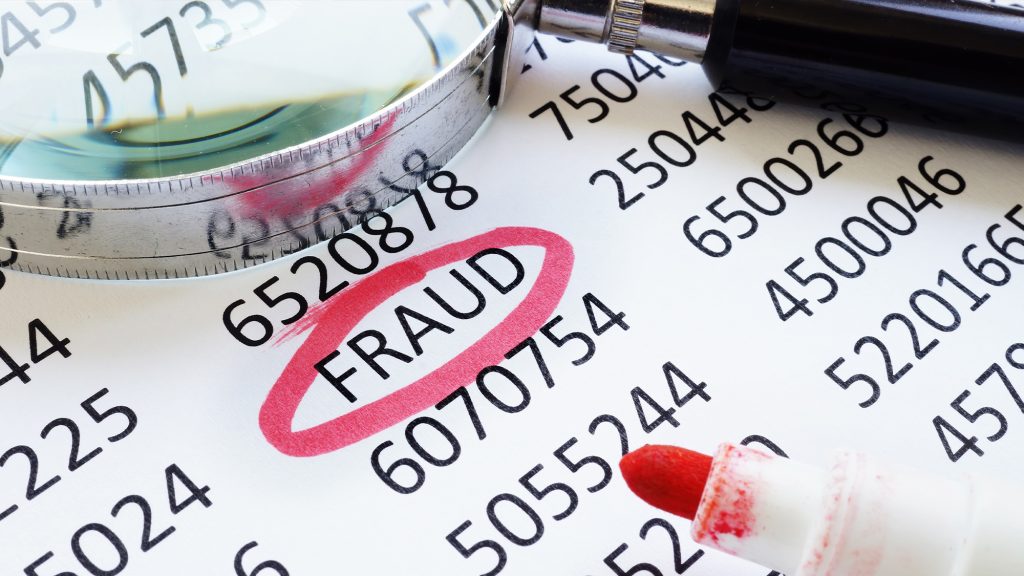Despite the many safeguards against it, fraud continues to run rampant throughout the wine industry. Outside of the major newsmaking scandals — like the downfall of supposed high-roller Rudy Kurniawan — there are still smaller-scale instances of fraud capitalizing on the rising prices of luxury wines. And the increased presence of online wine sales leaves more buyers vulnerable to scams than ever before.
A number of producers have taken action to ensure the authenticity of their bottles, from implementing specialty codes that allow for tracking to including Near Field Communication (NFC) technology in the bottle closure. Even with these measures, who’s to stop a con artist from taking real, empty bottles of wine and refilling them for resale?
In many cases, the sommelier is the last line of defense in the fight against wine fraud. At fine- dining restaurants, it’s not uncommon to see the somm opening coveted bottles of Burgundy or Bordeaux that have a resale value in the tens of thousands. So how can restaurants stop scammers from swiping the empty bottles for their own use? VinePair asked Kristen Goceljak, wine director for Kent Hospitality Group, what wine pros do to prevent any foul play on the premises.
Goceljak shares that there’s a certain protocol in place when the wine team opens up any bottles that are particularly prone to fraud. This typically applies to heavy-hitting Burgundy producers like Domaine de la Romanée-Conti (DRC), Domaine Leroy, and Domaine Dujac; top Bordeaux bottles like Petrus, the Southern Rhône’s famed Château Rayas; or really any wine that is rare and highly collectible. For wines of this caliber, Goceljak and her team make sure that the empty bottles are discarded at the restaurant, so guests don’t have a chance to bring the empty bottle home.
“In some cases, we mark the bottle’s label with a Sharpie. Especially when we open multiple bottles from producers known for being counterfeited,” she says. This helps obscure the label so the bottle can never be resold. “For example, we recently hosted a DRC event at Time and Tide, and we marked up all the bottle labels at the end of the event and discarded them at the restaurant.”
When dealing with the most expensive bottles in the world — that can easily go for upwards of $20,000 — sommeliers are on high alert to make sure the empties aren’t taken. So if you ball out on an expensive wine at a restaurant, don’t expect to take it home as a memento.
*Image retrieved from Vitalii Vodolazskyi – stock.adobe.com
The article Ask a Sommelier: How Do Restaurants Prevent Wine Fraud? appeared first on VinePair.
